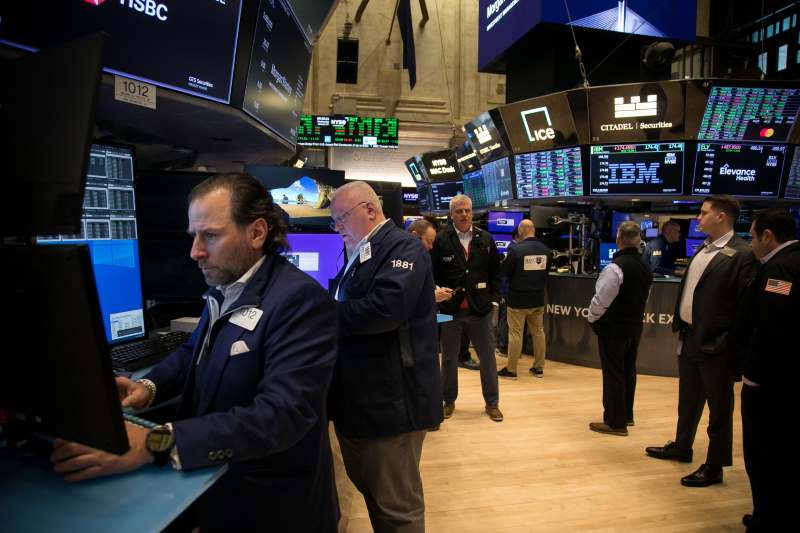Markets
U.S. Workers Significant Productivity Boost Achieved in Q2 2024
U.S. workers significant productivity boost in the second quarter of 2024 came as a surprise. This unexpected increase is expected to lower inflation rates and give Federal Reserve officials the confidence needed to begin reducing interest rates
Impressive Growth Figures
The Bureau of Labor Statistics reported on Thursday that labor productivity surged by 2.3% from April to June. This growth exceeded economists’ forecast of 1.8%. It marked a significant improvement from the 0.4% growth in the first quarter.
Labor productivity’s 2.3% surge greatly outpaced forecasts, showcasing robust economic momentum and recovery, according to Barron’s Print Edition.
AI Adoption May Play a Role
Ben Ayers, a senior economist at Nationwide, attributes the productivity surge to the broader adoption of AI technologies. “U.S. worker productivity has surged this year, possibly due to the broader adoption of AI technologies,” Ayers notes.
Productivity and Wage Trends
Labor productivity measures how efficiently workers produce goods and services. An increase typically means businesses can produce the same amount with fewer employees. The productivity boost coincides with a slowdown in wage growth and reduced competition for workers. Employer labor costs moderated to a 4.1% rate in the second quarter, the slowest pace since 2021, according to the Employment Cost Index data released Wednesday.

Stocks Rise Ahead of Key Reports
Stocks Rise Ahead as investors prepare for key decisions from central banks, crucial economic reports, and earnings announcements…
Implications for Inflation and Fed Policy
The combination of decelerating wage increases and rising productivity suggests that companies may be less inclined to raise prices, potentially leading to reduced inflation. PNC Chief Economist Gus Faucher views productivity as a potential solution to inflation, calling it “economic magic dust.”
The Federal Reserve has been closely watching wage growth, a key factor in inflation. With the current wage growth rate below the central bank’s target of 3.5%, and considering the recent productivity growth, there is a stronger case for the Fed to lower interest rates in September.
Fed’s Potential Rate Cuts
Although the Federal Reserve decided to keep the benchmark rate unchanged at its recent policy meeting, Chair Jerome Powell suggested that they might consider a rate reduction at the upcoming meeting in September.
Historical Context and Future Outlook
The second quarter of 2024 is the fourth time in five quarters where productivity growth surpassed 2%. This achievement mirrors the 1990s’ rare soft landing and productivity surge. Tuan Nguyen, U.S. economist at RSM US LLP, notes this historic trend.
Nguyen emphasizes that recent productivity surges likely reflect substantial business investments in recent years, rather than being mere statistical anomalies. He notes that this trend is not short-term. Billions of dollars in government funding are still slated for key sectors over the next 5 to 10 years, which supports this view.
Get a 2-year subscription to The Economist and The Wall Street Journal Digital with full access to daily news, The Economist Today, The Economist Weekly, archives, and more. Enjoy 77% off retail price and access on iOS, Android, PC, and Mac. Sign up today!

